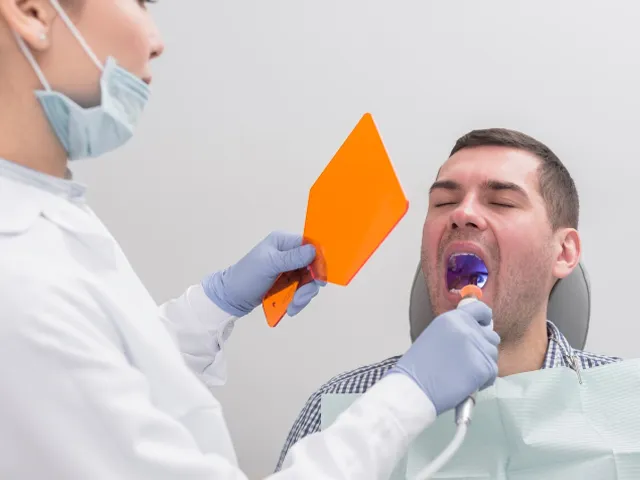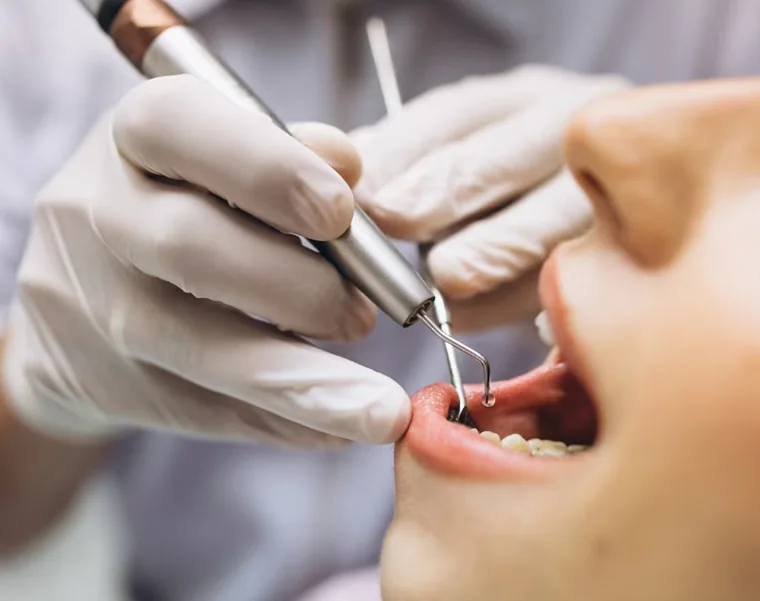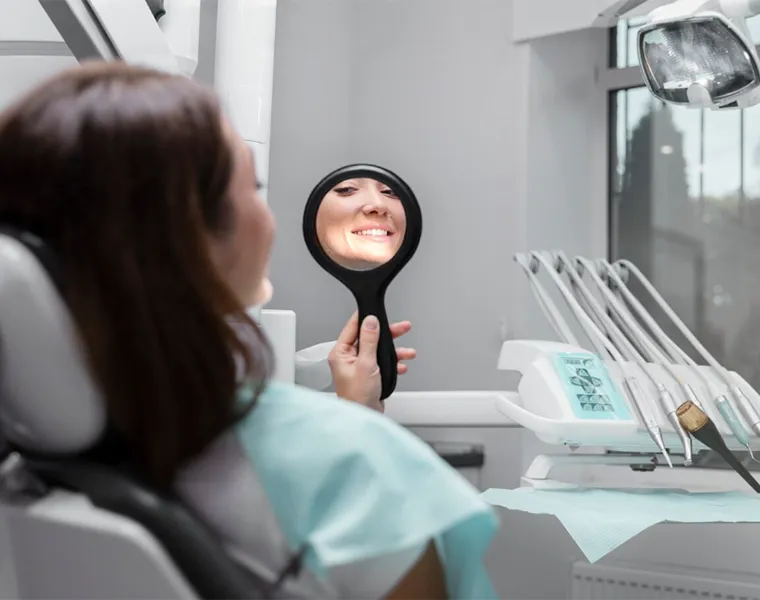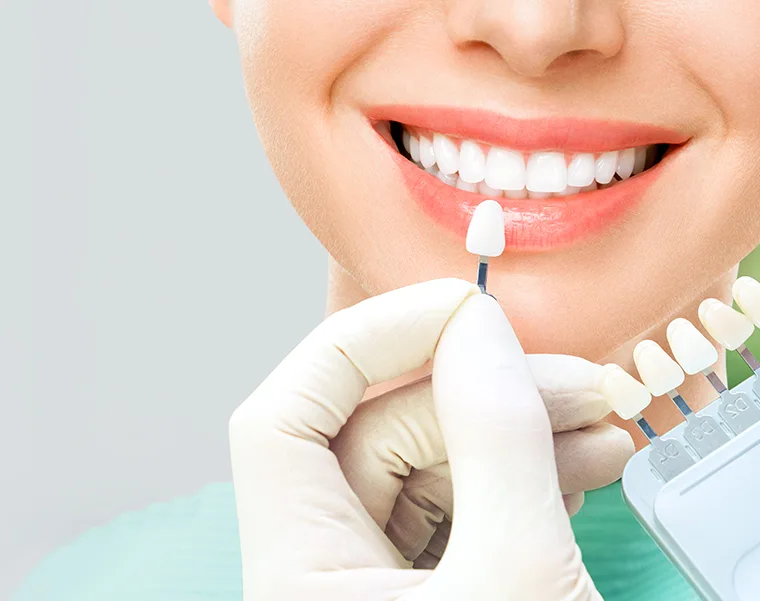Gum recession is when the gums recede from the root surfaces of the teeth, making the teeth more visible. This usually causes the gum line to appear uneven and the teeth to appear longer. It can occur due to various factors. These include gum disease, poor dental hygiene, and habits such as clenching or grinding. Genetic factors and aging can also cause this problem.
Gum recession can lead to sensitivity and tooth loss by exposing the root surfaces of the teeth. It can also be a source of aesthetic concern and negatively affect the aesthetics of one’s smile. In case of receding gums, the appropriate treatment plan should be determined by the dentist. With this plan, necessary measures should be taken to regain gum health. These measures may include treatments such as gum surgery, gum grafting and improving dental hygiene.
What Causes Gum Recession?
“What causes recession of the gum?” Receding gums can occur as a result of various factors affecting the teeth and gums. One of the most common causes of this condition is gingivitis.
Gingivitis occurs when the gums become infected. It is usually caused by poor dental hygiene. Plaque and tartar that builds up around the teeth damages the gums and causes inflammation. This can cause the gums to recede. In addition, dental inflammation can cause pain and sensitivity, along with swelling and redness of the gums. This can lead to receding gums over time.
Another common cause of receding gums is calculus. “Dental calculus” is a mineralized structure formed by the hardening of plaque build-up and can damage the gums. When calculus accumulates below the gum line, it can cause the gums to recede. Finally, receding gums can also occur due to genetic factors, bad habits such as smoking and hormonal changes.
For these reasons, regular teeth cleaning and dental check-ups are important. This way, gum health can be maintained and receding gums can be prevented.

Gum Recession Treatment
Tooth extraction is a condition that negatively affects dental health and can be controlled with appropriate treatment. Treatment may vary depending on the patient’s condition, the cause of the extraction and other factors.
The treatment process is usually led by a dentist and may include the following steps:
Before and After Gum Recession Treatment
In case of receding gums, the treatment process varies depending on the severity of the condition. This is done according to a treatment plan determined by the dentist. Treatment can often involve removing plaque and tartar, treating gingivitis or surgical interventions such as gum grafting. If left untreated, it can lead to more serious problems and negatively affect your dental health.
During the treatment, the patient’s dental hygiene habits are also reviewed and information is provided. Measures such as proper tooth brushing technique, flossing and the use of antiseptic mouthwash support gum health and improve the treatment process.
The post-treatment process may vary from patient to patient. However, regular post-treatment check-ups and proper “dental hygiene” are usually necessary. In the post-treatment process, following the dentist’s recommendations carefully is important for a successful healing process.

Gum Recession Surgery
In cases that require surgical intervention, the dentist will perform an appropriate surgical procedure. These procedures often include methods such as gum grafting or gum flap surgery (gum lift). These surgical interventions are important for correcting the gums and protecting the tooth roots.
The surgery usually takes place in a dental clinic setting and is performed under local anesthesia. First, the area around the gums and tooth roots is sterilized and numbed. Then, the dentist uses appropriate surgical techniques to reshape or heal the receding gums.
These surgeries are performed to correct the gum line, protect the tooth roots and achieve an aesthetic appearance. Such surgeries are especially necessary if tooth roots are exposed as a result of recession. After the surgery, the patient is referred to the dentist for regular check-ups and the healing process is monitored.
The surgery provides both aesthetic and functional results, helping the patient regain their smile. These surgeries are important to maintain gum health and ensure the long-term health of the teeth.
Gum recession is a condition that negatively affects dental health and may sometimes require surgical intervention. In this case, the dentist may perform procedures such as gum aesthetics or gum surgery. During orthodontic treatment, the gum line around the teeth may require correction, in which case gum surgery may be performed.
For this reason, a dentist examination is recommended for problems in the gums without wasting time. You can contact LIBREDENT for detailed information on tooth and gum diseases.











